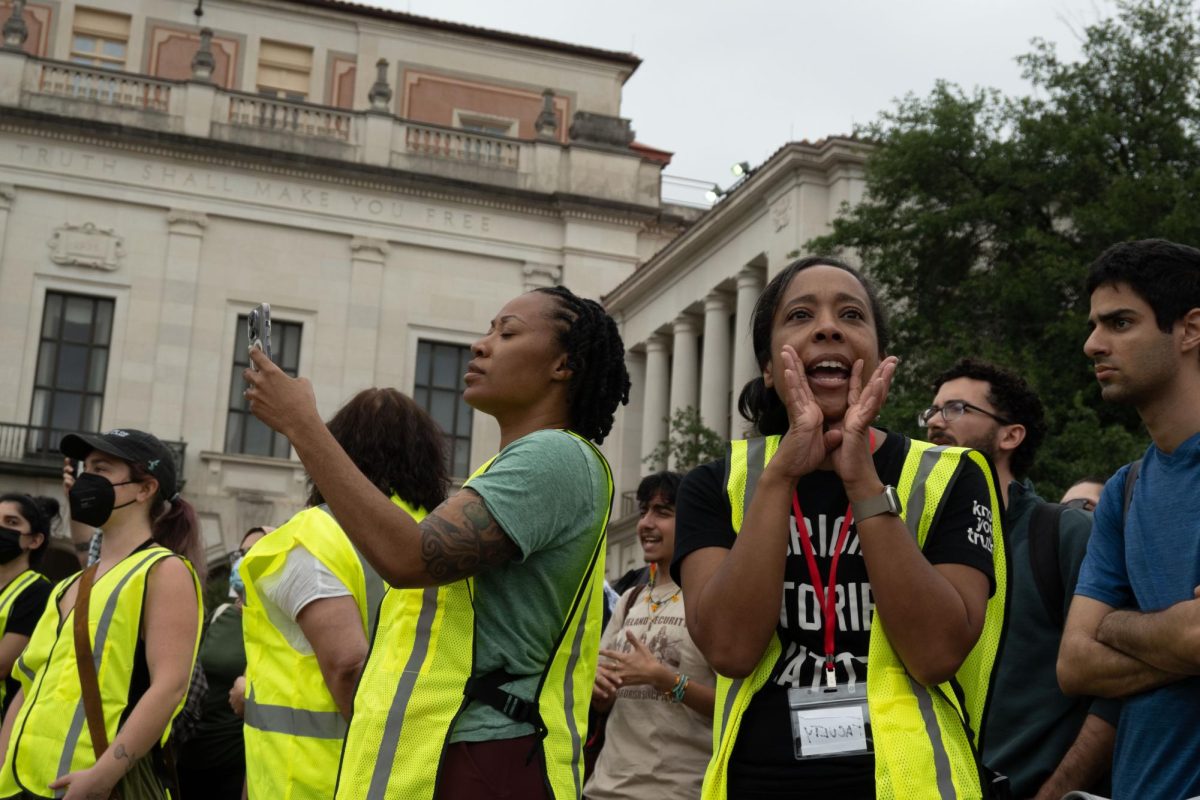Carbon emissions are about to have a rocky future, thanks to a $4 million grant to UT’s Bureau of Economic Geology from the U.S. Department of Energy.
The grant was given to the bureau, which is part of UT’s Jackson School of Geosciences, to lead a regional partnership to research how carbon dioxide emissions can be safely stored in rock formations under the floor of the Gulf of Mexico.
“This is the type of science that aims at tackling big issues by bringing government, industry, community stakeholders and academia together to create innovative solutions … ,” Bureau director Scott Tinker said in a press release.
This process will involve capturing the carbon dioxide emissions, transporting them offshore and pumping the emissions into geologic formations deep beneath the floor of the Gulf.
“Right now, when we take fossil fuels out and bring them to the surface … and combust them we transfer the carbon from the earth and put it into the atmosphere,” said Susan Hovorka, a principal investigator for the research. “There are risks with this.”
The goal of this research is to create a long-term storage solution for emissions from carbon dioxide.
“We believe there is a solution for addressing atmospheric emissions that also promotes economic growth,” said Timothy Meckel, a principal investigator for the research. “We would like to demonstrate that we could utilize offshore geology for addressing national atmospheric emission issues as well as state and local issues.”
The grant will fund a four-year partnership led by the Bureau’s Gulf Coast Carbon Center.
Some partners include researchers from UT’s Institute for Geophysics, the Hildebrand Department of Petroleum Geosystems and Engineering, Lamar University and the U.S. Geological Survey.
“We have a very good team,” Hovorka said. “It’s a partnership. It’s not just about UT — it’s about the strength of our partners. We (also) have a strong track record and very good technical skills.”
The Bureau is also working with the Texas General Land Office, which oversees areas in the Gulf that are suitable for carbon dioxide emissions storage. Revenue from these areas goes to the Permanent School Fund, which supports primary education in Texas.
“If we can use state offshore lands for carbon dioxide storage, we might be able to find a way to increase the amount of income for the Permanent School Fund and therefore support some of the primary education in the state of Texas,” Meckel said.



















